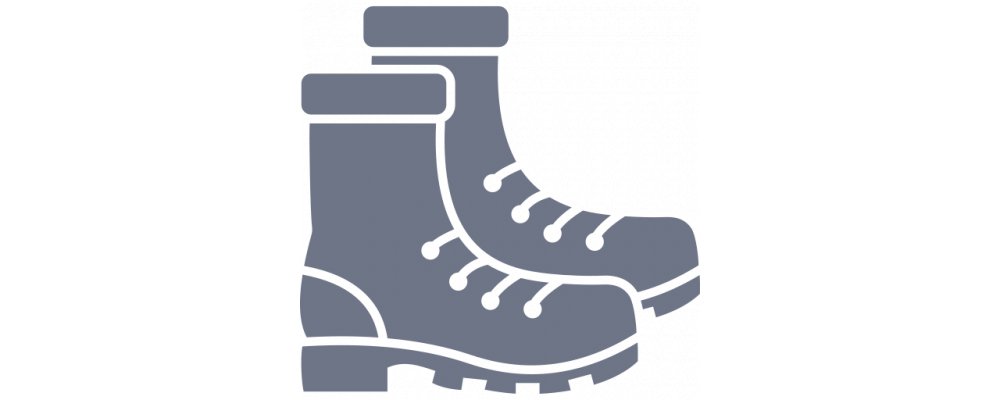Natural rubber
Natural rubber has multiple double bonds, its general formula looks like this: (C5H8) n. The symbol n represents the polymerization level, reaches approximately 1000-3000 units.
In the process of performing a chemical study of rubber, it becomes obvious that it includes only hydrogen and carbon, therefore it refers to hydrocarbons, which is confirmed by the formula. The molecular weight of some units is more than half a million grams per mole. Therefore, rubber is a natural polymer of isoprene.
In the case of a formula that is not atomically thin, it is quite possible to examine it in a microscope – it is long. If you stretch the formula to the maximum, you will get a line like a zigzag, which is explained by the kind of carbon bonds.
It is known that double and single bonds can alternate in isoprene, then the molecules rotate only near the single ones. Such vibrations affect the molecule, under some pressure it bends and its ends come together at rest. It has a resemblance to a round spring, which makes it possible to easily stretch, increase its own size at the time of dilution of the ends.
The main raw material source of natural rubber is the juice of a specific vegetation that can secrete latex, that is, a white liquid with special characteristics. Latex itself is a widespread component of plants, it can be found in representatives of rubber-bearing various botanical groups.
It is present in all parts of plants, therefore they are divided into separate species:
· latex - the substance is collected in the juice;
· chlorenchymal – when the substance is collected in young shoots and foliage;
· parenchymal – when the substance is collected in stems and roots;
· herbaceous plants belonging to the family of compound flowers, there is an accumulation of rubber in underground organs and in minimal quantities. These plants are usually not used in the process of industrial rubber production.
Well–known rubber-bearing plant species are trees that grow on the equator, this belt reaches a width of 1300 km, is called the "rubber belt". Here they are engaged in the cultivation of special trees that are intended for industrial purposes. In most cases, the natural product is obtained from the latex of tropical trees, more precisely, Brazilian hevea. The procedure is quick and easy: a small incision is made on the root of a five-year-old tree, and two or three kilograms of rubber come out from one hevea.
To obtain rubber from Brazilian hevea, milky juice is subjected to a special coagulation procedure, gradually adding formic acid. After thorough washing with water, the resulting substance is rolled, the leaf shape is achieved, then smoked.
The use of natural rubber
In its pure form, natural rubber is practically not used because of its behavior at low and elevated temperatures. But vulcanized natural rubber most often serves as a raw material for the production of rubber and all kinds of products from it. First of all, it is the tire industry that needs natural rubber. It is used to produce summer and winter tires, as well as tires for bicycles, cars, tractors, and special equipment.
It should be understood that not only rubber is used for the production of rubber and tires, but also various fillers, plasticizers, antioxidants, catalysts and other substances. This is necessary to speed up or simplify the production process or to give additional properties to products. For example, antioxidants are needed to slow down the aging of rubber and thereby increase the service life of products made from it, and catalysts are introduced in order to speed up the vulcanization process.
No reviews found

















































